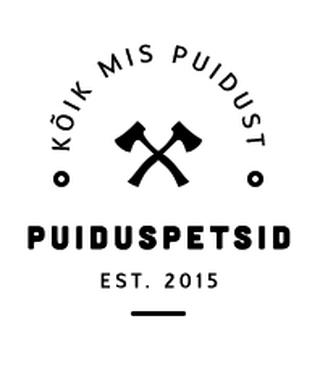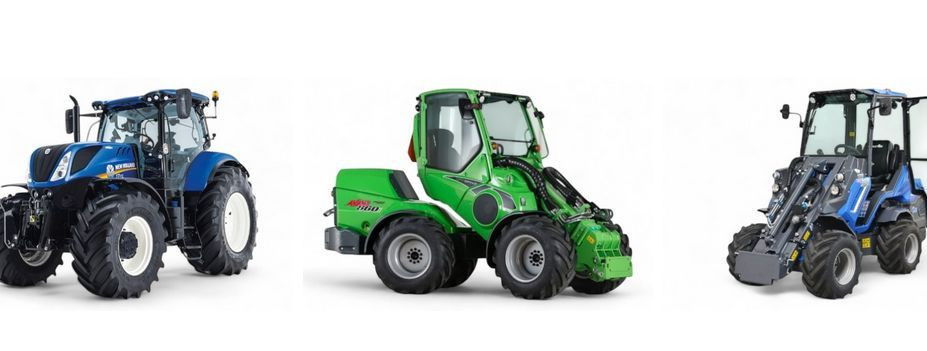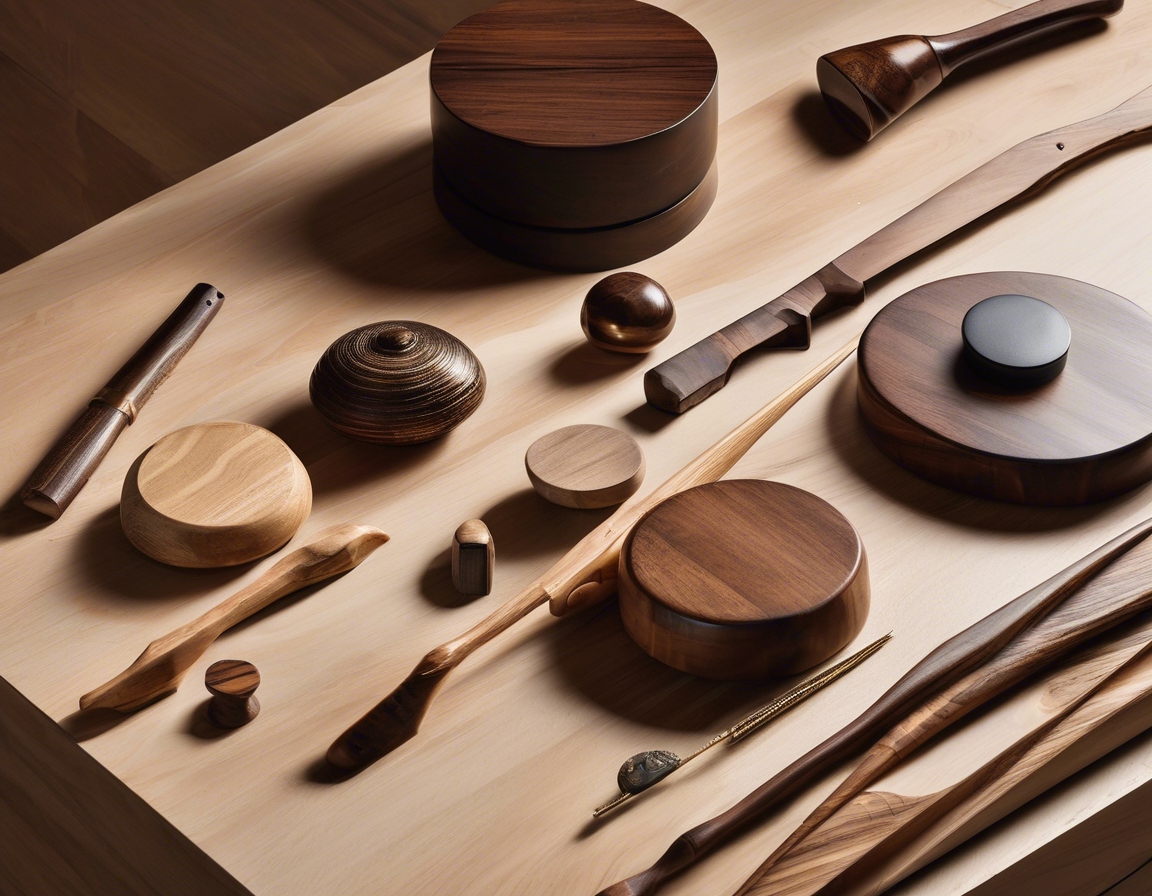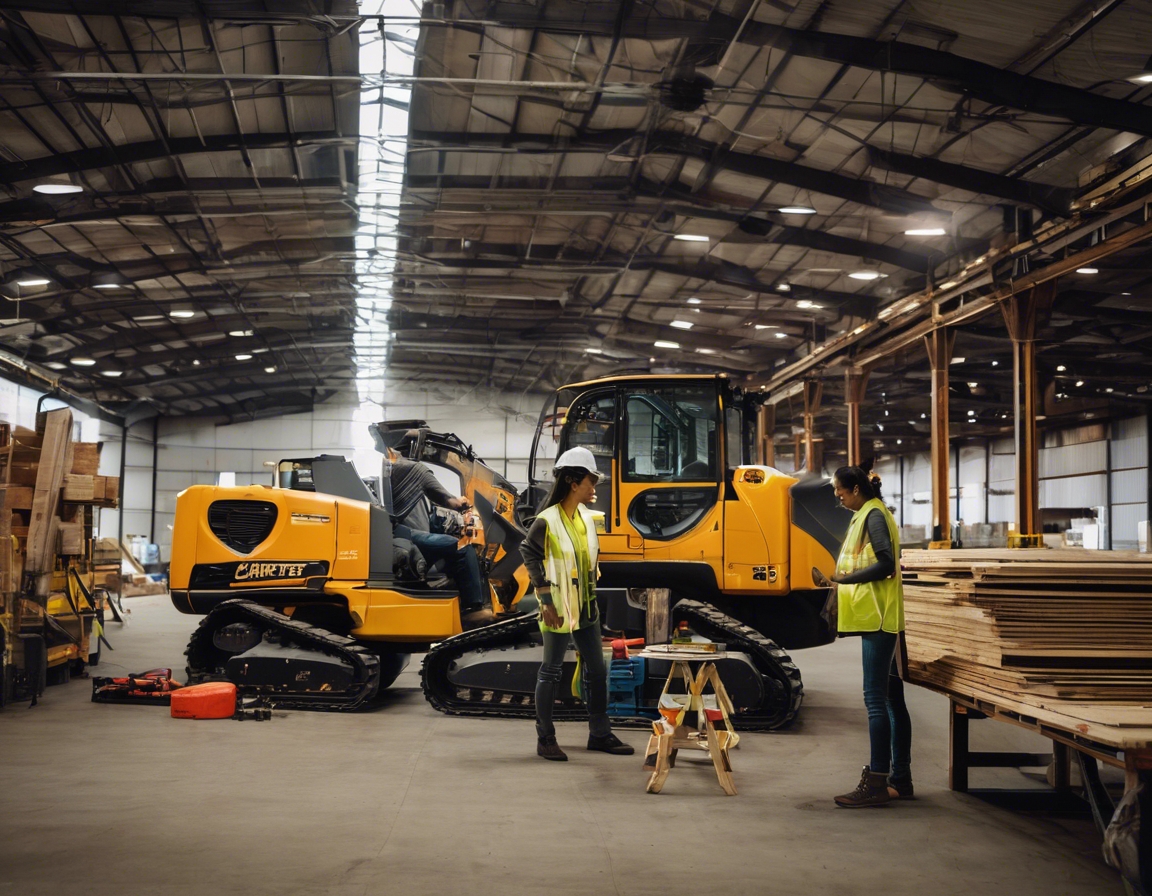Choosing the right wood for your terrace
Creating a beautiful and functional terrace is a dream for many homeowners and businesses. The choice of wood plays a crucial role in determining the longevity, aesthetics, and overall performance of your terrace. With a variety of wood options available, selecting the right one can be a daunting task. This guide aims to simplify the process by highlighting key considerations and popular wood choices for terraces.
Factors to Consider When Choosing Wood for Your Terrace
One of the primary considerations when selecting wood for your terrace is its ability to withstand the elements. Estonia's climate can be harsh, with cold winters and humid summers, making it essential to choose wood that is naturally durable and resistant to moisture, rot, and insect damage.
The visual appeal of your terrace is equally important. Different wood species offer unique colors, grains, and textures that can complement your home's architecture and landscape. Consider the overall design theme and how the wood's appearance will enhance your outdoor space.
Environmentally conscious homeowners and businesses should prioritize sustainable wood options. Look for wood that is sourced from responsibly managed forests or certified by organizations such as the Forest Stewardship Council (FSC). Sustainable wood choices help reduce environmental impact and support eco-friendly practices.
All wood requires some level of maintenance to preserve its beauty and functionality. Consider the time and effort you are willing to invest in maintaining your terrace. Some woods require regular sealing and staining, while others are more low-maintenance.
Popular Wood Types for Terraces
Teak is renowned for its exceptional durability and resistance to weather conditions. Its natural oils make it resistant to water, insects, and decay, making it an ideal choice for terraces. Teak's warm golden-brown color and fine grain add a touch of elegance to any outdoor space.
Ipe, also known as Brazilian Walnut, is another excellent choice for terraces. It is one of the hardest and densest woods available, offering superior durability and resistance to wear and tear. Ipe's rich brown color and smooth texture make it a popular choice for high-end terraces.
Cedar is a versatile wood known for its natural resistance to decay and insects. It has a distinctive reddish-brown color and a pleasant aroma. Cedar is lightweight and easy to work with, making it a practical choice for DIY projects.
Pine is an affordable and widely available wood option. While it is not as naturally durable as other woods, it can be treated to enhance its resistance to moisture and insects. Pine's light color and uniform grain make it a versatile choice for various design styles.
Thermally modified wood is an innovative option that involves treating wood with heat to improve its durability and stability. This process enhances the wood's resistance to moisture and decay, making it suitable for outdoor use. Thermally modified wood is available in various species, offering a range of aesthetic options.
Tips for Maintaining Your Wooden Terrace
To ensure the longevity and beauty of your wooden terrace, regular maintenance is essential. Here are some tips to keep your terrace in top condition:
- Clean the surface regularly to remove dirt and debris.
- Apply a protective sealant or stain to enhance the wood's resistance to moisture and UV rays.
- Inspect for signs of damage or wear and address any issues promptly.
- Consider using furniture pads to prevent scratches and dents.






Comments (0)